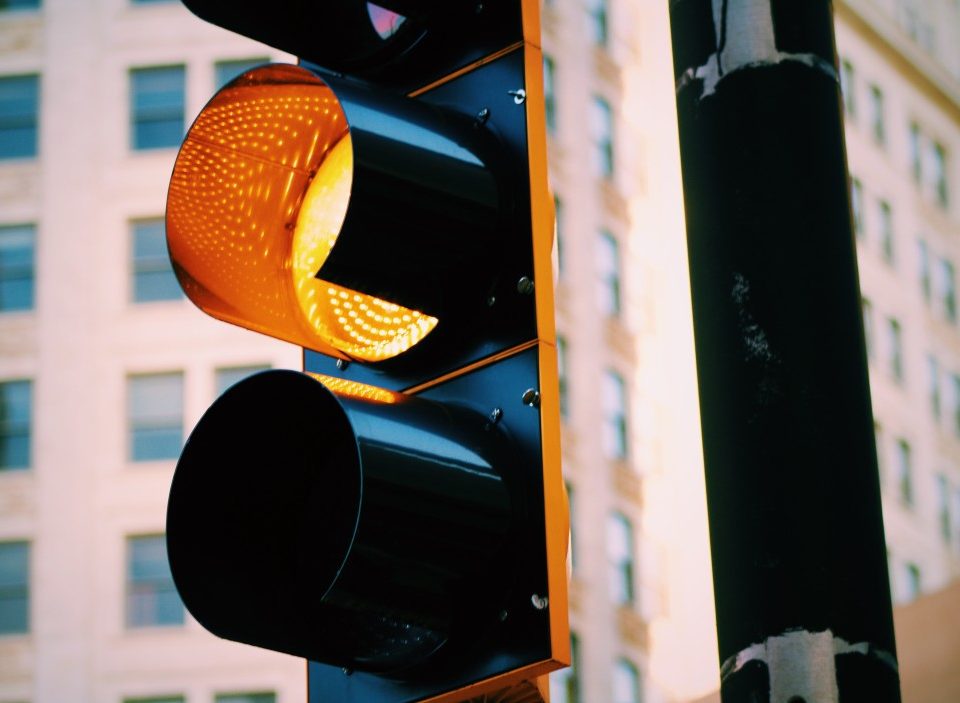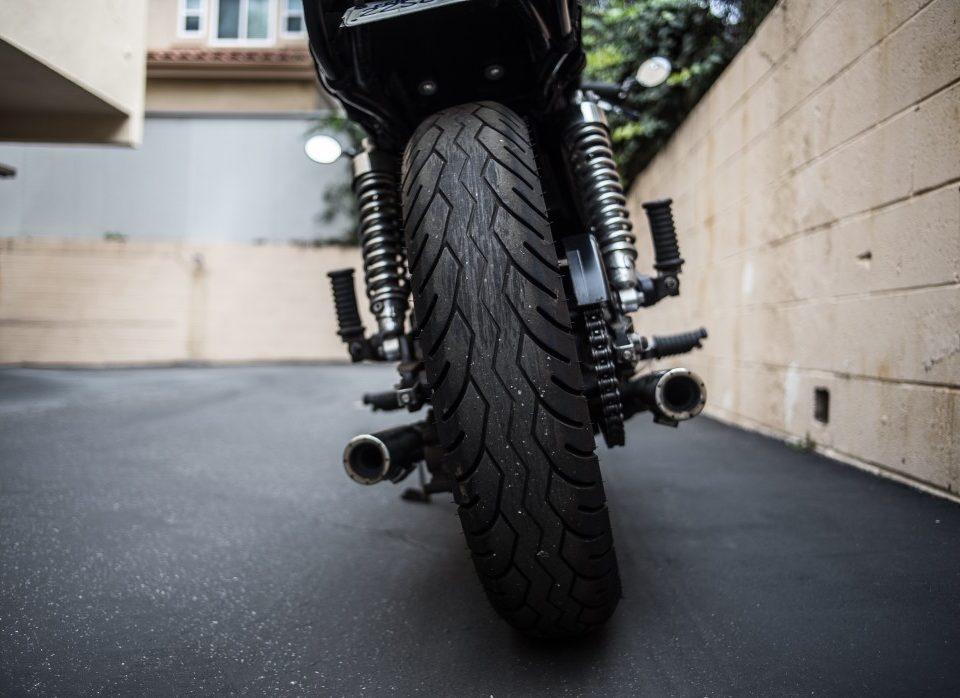What to Do If You Are Injured in a Left Turning Motorcycle Accident?

Lessons From an Elderly Motorcyclist’s Rear-End Accident
May 24, 2022
Pedestrian Injured Crossing Street Outside of Crosswalk
May 24, 2022If you are a motorcycle rider and have been involved in a left-turn accident, you may be wondering what to do next. Learn about the most common injuries in left-hand turning accidents and the liability formula. You can also learn about the Liability Formula for Left-Hand Turn Accidents. After reading this article, you will know what to do next. Listed below are some tips to help you get the best outcome for your legal case.
Motorcycle left-turn accident causes
Surprised to learn that nearly half of all motorcycle accident attorney pasadena end in injuries is surprising. A left-turn accident is the most common cause of these injuries. This type of crash can cause twice the force of an accident. A 160-pound motorcycle rider could experience up to 20 g’s of force. That’s equivalent to 12 tons of weight being thrown on him. Injuries from left-turn accidents are particularly common among young riders.
Poor visibility is another common reason for motorcycle left-turn accidents. Poor visibility can also lead to motorists failing to see the motorcycle rider because they are distracted, rushing to turn, or simply passing another vehicle. Sometimes motorists don’t pay attention to oncoming traffic and are more likely than not to hit a motorcyclist. Motorcycles are often smaller than automobiles and therefore can be difficult to see.
A car should yield to other traffic when it makes a left-turn. The motorcyclist’s injury is almost always the fault of the car driver, although the other party may be partially at fault. This is especially true if the motorcyclist was not seen by the car driver. Other factors that contribute to a left-turn accident may include speeding, riding in the wrong lane, or not yielding to traffic.
Most motorcycle left-turn accidents are the fault of the other vehicle, but you can minimize your injuries if you use appropriate safety gear. Wearing a helmet and other safety gear will reduce the chances of being injured, lessen the severity of injuries, and even increase your survivability. Motorcycle helmets are the most essential safety gear for motorcyclists. Florida law requires that motorcycle riders use their headlights. It is also illegal to pass on the right. You should always assume that vehicles making a left-turn are going to be in your path and avoiding this is the best way to avoid an accident.
Problems with left-turning vehicles
Motorcyclists are often injured by left-turning vehicles. While a motorist must yield to the proper motorcyclist, they may not see the motorcycle and believe it does not need the whole lane. This could lead to an unfortunate collision. Even if the driver was following the law, they may still not yield to the motorcyclist. When this occurs, it is often the motorist’s fault, so it is important to be aware of this.
One of the biggest reasons motorcycle drivers experience problems with left-turning vehicles is the small size of the motorcycle. Because they are smaller than cars, they are not always seen by other drivers. They are often difficult to spot, so left-turn accidents can occur when drivers don’t see them and hit them. Motorcyclists might miss the motorcycle or misjudge the time it will take to clear the intersection without hitting a motorcyclist.
Despite the simple nature of these accidents, they happen infrequently. Most left-turning accidents in New York involve a motorcycle colliding with another vehicle. The motorcyclist is almost always the victim in these accidents. Often, the driver did not see the motorcyclist and was simply trying to beat traffic. As a result, liability is based on the less complex system, which ignores important factors and ignores the physics.
Another important reason motorcycles are not as visible as cars is the fact that they blend into the background. The profile of a motorcycle is very small, so the driver will perceive it as closer and faster. In addition, a motorcycle will be perceived as moving slower than a 14-wheel truck. Motorcyclists must adjust to ensure safety while riding, even though drivers may think it is an issue.
Liability formula for left-hand-turn accidents
Insurance companies use a special formula when determining who is responsible for left-hand turn motorcycle accident injuries. This formula considers the time the motorcycle made contact with another vehicle. The motorcyclist is more responsible for the motorcycle’s proximity to the rear end of the vehicle. However, courts cannot determine who was at fault for a left-hand turn accident unless both drivers were at fault.
In California, drivers who are making a left-hand turn must yield to oncoming motorcyclists. Many times, however, drivers do not yield to these riders, resulting in serious injuries and even fatalities. You may be eligible for significant compensation in these cases. This compensation can be in the form of economic or noneconomic damages. You or a loved one can be awarded compensation if you have been hurt in a left-hand turning motorcycle accident.
The answer to this question is vital in determining who is at fault. Depending on the circumstances of your motorcycle accident, the other driver might claim that the turn was already underway at the time you arrived or that you were responsible for running a red light or speeding. It doesn’t matter what case it may be, it is crucial to preserve evidence that both sides are at fault and the evidence needed to determine who is to blame. It is crucial to obtain witnesses and police records to determine who is at fault.
During a left-hand turn, the driver of the car making the left turn has a higher burden of proof. He or she must prove that he/she did not make an acceptable left-hand turning and that the other driver was negligent by not yielding. Before entering an intersection, a motorist making a left-hand turning must yield to other drivers. The driver of the vehicle making the left-hand turn must also prove that he had the right-of-way or acted recklessly.
Common injuries caused by left-hand-turn accidents
Left-hand turn accidents are among the most dangerous types of motorcycle accidents. These accidents can occur when another driver fails or misjudges the motorcycle’s proximity. The result is often a serious injury, including broken bones, head trauma, paralysis, and even amputation. The injuries a motorcyclist suffers in such a crash can affect their lives for years to come. You may be entitled to compensation from the negligent driver if this happens.
Motorcycle riders can be seriously injured if they are left-hand turning. Although motorcycle accidents are less common than car accidents, they can cause more serious injuries. It’s important to be alert for signs that could indicate a negligent driver. By following these tips, you can protect yourself and pursue compensation for your injuries. You can also hold negligent drivers responsible for their actions.
Motorcycle riders can protect themselves, regardless of who is responsible for a left-hand turn accident. Wearing safety vests and bright clothing can help to reduce the chances of injury and improve survivability. And of course, motorcycle riders should always wear headlights to increase visibility. Remember, Florida law requires you to use your headlights at all times. Remember to assume that vehicles approaching you are turning left.
When making a left-hand turn, you need to be aware of oncoming traffic. This may include an oncoming vehicle in the opposite lane. Also, you must check your left for passing attempts. Slow down as much as possible before a driver makes a sudden left-hand turn. A motorcycle driver who doesn’t know what they’re doing should slow down and check for these signs.
There are ways to avoid a collision between a left-turning vehicle and your car
A left-turn collision is when one vehicle makes a left turn and another makes a right turn. The priority of the left-turning vehicle is lower than that of the straight-moving car and the straight-moving car must yield when the green arrow appears. Statistics show that left-turning drivers make the most serious mistakes. There are ways to avoid colliding with a left-turning car.
The driver of the left-turning vehicle generally has the right to the road, but they must yield their right of way to oncoming traffic. In most cases, the driver of the left-turning vehicle is at fault for the accident, and it’s best to avoid speeding or cutting off an oncoming vehicle until the intersection is clear of oncoming traffic. Drivers must not speed in front of oncoming traffic, as this could lead to their own liability for the accident.
Drivers must yield to oncoming traffic in most states when turning left. However, if the driver is not obeying the road rules, or is driving drunk, the other driver will not be responsible for the collision. The best way to avoid a collision with a left-turning vehicle is to follow safe driving practices. These tips can help you avoid this type of accident:
When making a left turn, drivers should approach the intersection on the right side, so that they don’t interfere with left-turning traffic. They should keep as close as possible to the center line. Motorcycles can be difficult to spot, so drivers should slow down and keep their distance. Drivers should look both ways when driving, not just for motorcycles but also for pedestrians.





